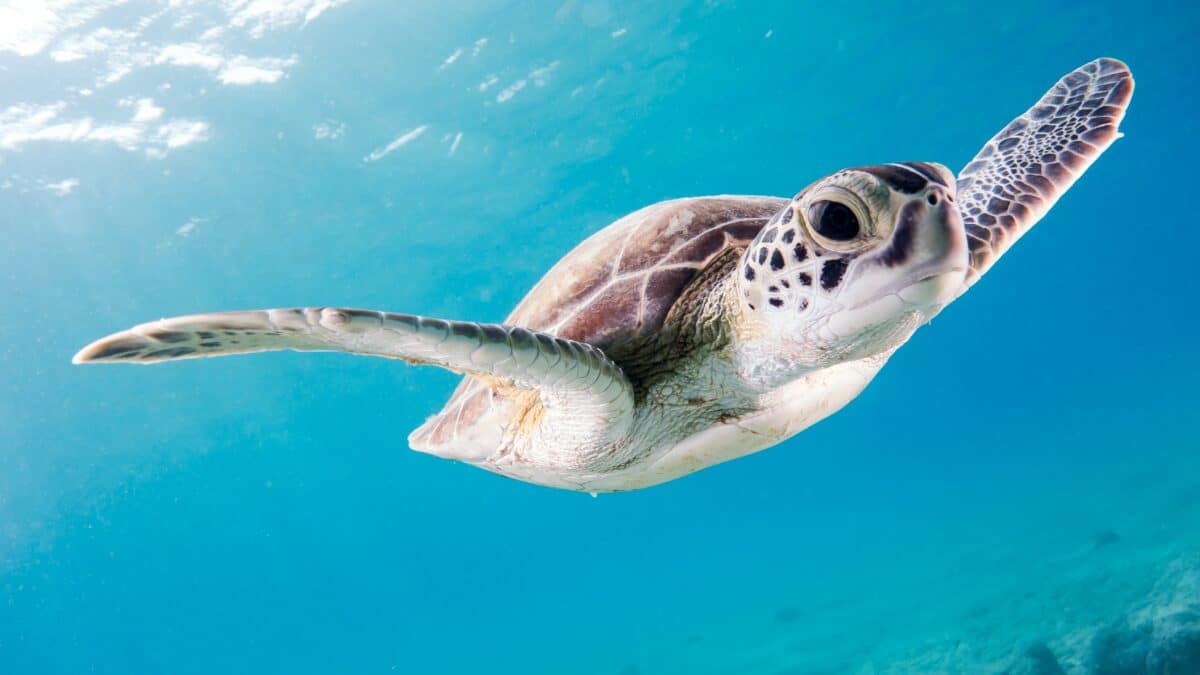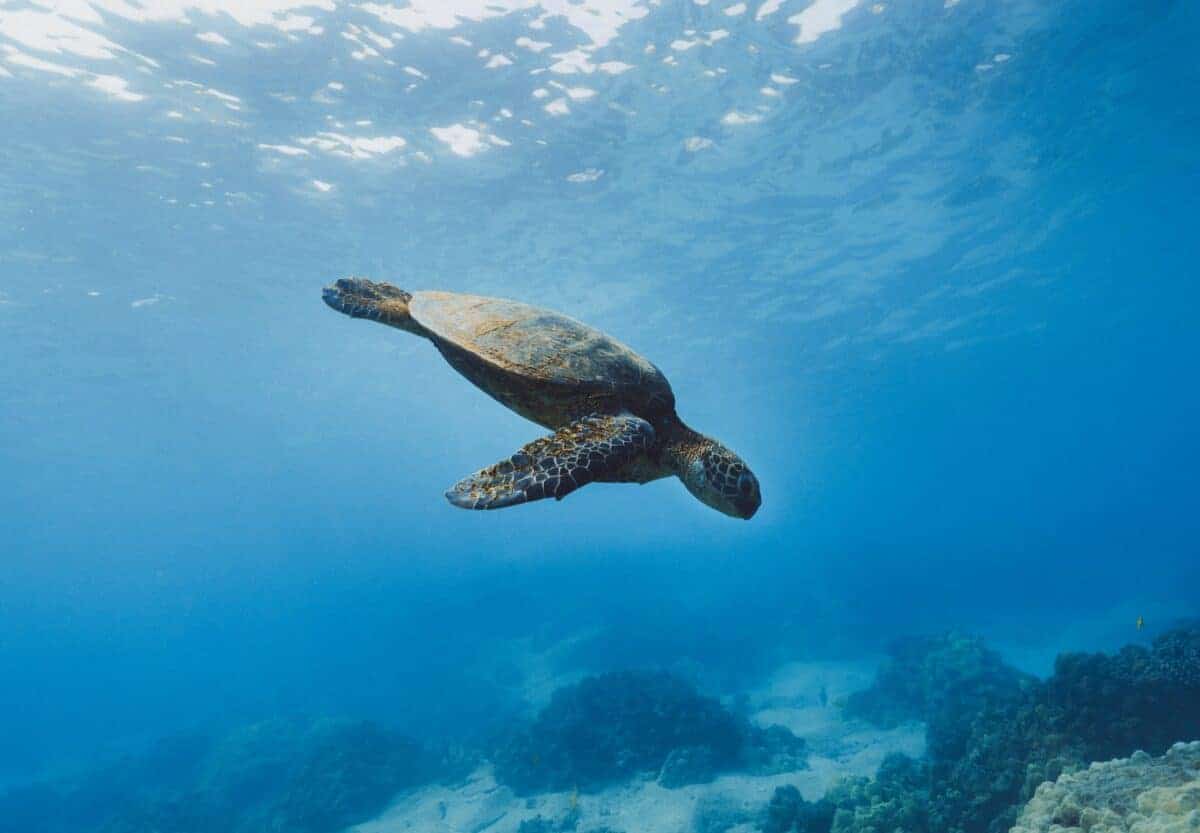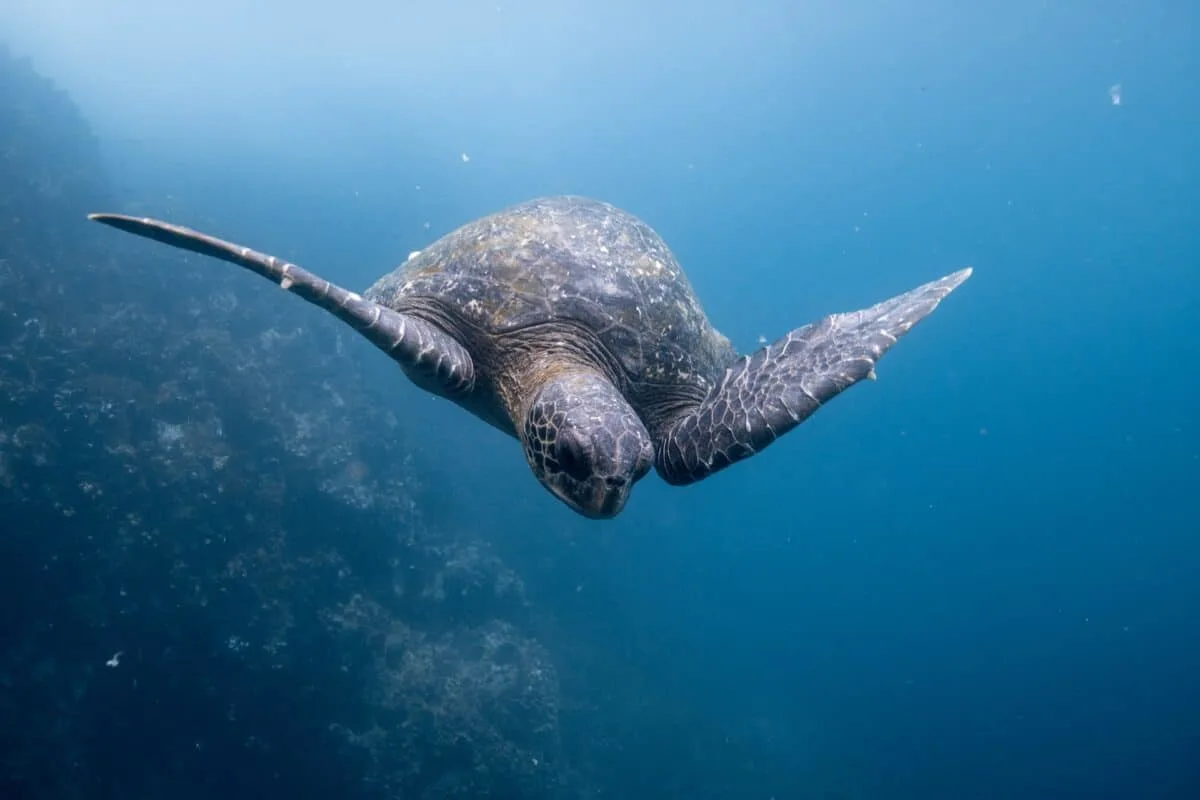In the breathtaking landscapes of northern Spain’s Pyrenees mountains, an accidental discovery has shaken the realms of paleontology. A hiker, traversing the rugged terrains, stumbled upon bone fragments that would eventually lead to the unveiling of Leviathanochelys aenigmatica, a colossal marine turtle that once roamed the European waters during the Late Cretaceous Epoch. This prehistoric behemoth, weighing a staggering two tons and stretching 12 feet in length, now claims the title of Europe’s largest-ever discovered marine turtle. Let’s delve into the fascinating details surrounding this unexpected find.
A Chance Encounter in the Pyrenees

The narrative of Leviathanochelys aenigmatica began with a serendipitous encounter. A hiker’s meandering journey in the Pyrenees mountains unearthed bone fragments, setting in motion a chain of events that would captivate the scientific community. Collected by a local museum and the Catalonian Department of Culture, these remains lay dormant until 2021 when researchers initiated excavations, revealing fragments of the turtle’s pelvis and distinctive carapace.
Decoding the Enigma: Unique Characteristics
The newly christened Leviathanochelys aenigmatica earned its name not only for its colossal size but also for its enigmatic features. Sandra Chapman, former curator of fossil reptiles and birds at London’s Natural History Museum, describes the creature’s “exceedingly large pelvis and shell reduction in the carapace.” A peculiar bone protrusion from the pelvis, unseen in any living or extinct turtle species, adds to the mystery. Researchers speculate that this unique structure may have played a role in assisting the turtle in breathing during deep-sea exploration.
Journey Through Time: The Campanian Age
Estimates place Leviathanochelys aenigmatica in the Campanian Age of the Late Cretaceous Epoch, making this marine giant at least 72 million years old. During this period, marine turtles exhibited a trend towards increasing body size, possibly driven by predatory pressures. Oscar Castillo-Visa, the lead author and paleontologist at the Autonomous University of Barcelona, suggests that large marine predators, such as sharks and mosasaurs, may have influenced this evolution.
Size Matters: Leviathanochelys vs. Archelon
Comparisons to its prehistoric counterparts highlight the sheer magnitude of Leviathanochelys aenigmatica. While the largest known turtle from the Late Cretaceous, Archelon, reached lengths of about 15 feet, Leviathanochelys was no slouch, measuring as long as a Mini Cooper. This places it on the grand stage of prehistoric giants, rivaling the colossal proportions of ancient marine life.
Beyond Borders: A Transatlantic Evolutionary Tale
Traditionally, researchers believed that gigantic marine turtles were exclusive to North America. However, the discovery of Leviathanochelys aenigmatica in Europe challenges this assumption, suggesting independent evolutionary paths for giant turtles on both sides of the Atlantic. This revelation adds a compelling chapter to the ongoing saga of turtle evolution.
A Puzzle Piece in Turtle Evolution

Sandra Chapman commends the significance of this find, stating that it “adds another piece to the puzzle of trends in the evolution of turtles.” The evidence supports the idea that extreme sizes were more prevalent before extinction events, while post-extinction, smaller yet substantial sizes became the norm. Leviathanochelys aenigmatica, with its colossal proportions, stands as a testament to the dynamic evolution of these fascinating creatures.
Wrapping Up with the Prehistoric Marine Turtle
The accidental discovery of Leviathanochelys aenigmatica opens a window into the ancient seas of Europe. Thus, revealing a colossal marine turtle that once navigated the waters during a pivotal epoch. With its mysterious features and unprecedented size, this giant leaves an indelible mark on the evolutionary tapestry of marine life. Furthermore, rewriting our understanding of the ancient seas that once teemed with remarkable creatures.
Thank you for following along with this article –
Next up in the animal kingdom:
Join our Forum for free today!

- Big Cats Love Mouthing Affection - July 22, 2024
- Kind Elephant Merciful To Lion Cubs - July 22, 2024
- Beachgoers Save Massive Shark Stranded In Florida - July 22, 2024

